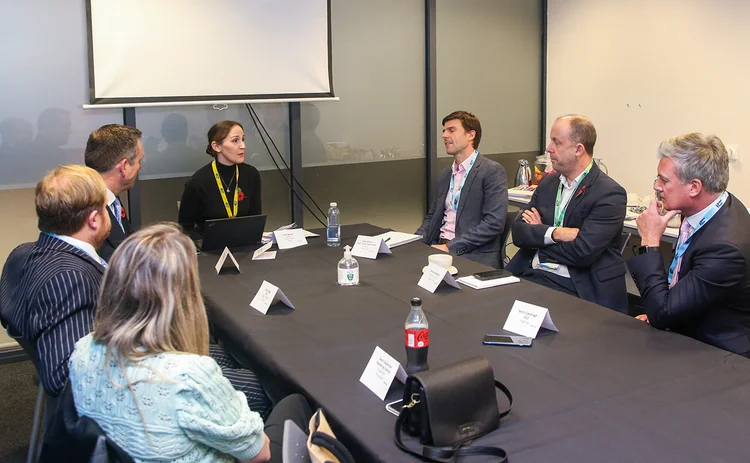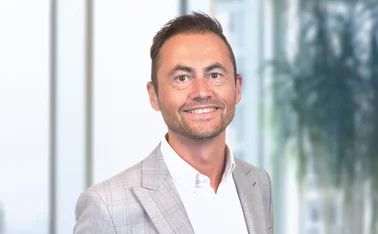
The challenges and benefits of using tech and digital tools in broking

Roundtable: Our panel of experts discuss the pros and cons of brokers embarking on their digital transformation journeys with Open GI
AttendeesSimon Badley
Group CEO of Open GI
James Gilmour
Head of new markets MGA at Simply Business
Selim Cavanagh
CEO of Ingenie
Sarah Dackombe
Marketing director at Kingfisher Insurance
Toby Clegg
CEO of Clegg Gifford
Michael Gregory
Managing director at JCB Insurance Services
Do you believe that many brokers are intimidated by the idea of becoming a digital broker?Michael: I do believe there is some apprehension in understanding the technology. Is it worth the size of
Only users who have a paid subscription or are part of a corporate subscription are able to print or copy content.
To access these options, along with all other subscription benefits, please contact info@insuranceage.co.uk or view our subscription options here: https://subscriptions.insuranceage.co.uk/subscribe
You are currently unable to print this content. Please contact info@insuranceage.co.uk to find out more.
You are currently unable to copy this content. Please contact info@insuranceage.co.uk to find out more.
Copyright Infopro Digital Limited. All rights reserved.
As outlined in our terms and conditions, https://www.infopro-digital.com/terms-and-conditions/subscriptions/ (point 2.4), printing is limited to a single copy.
If you would like to purchase additional rights please email info@insuranceage.co.uk
Copyright Infopro Digital Limited. All rights reserved.
You may share this content using our article tools. As outlined in our terms and conditions, https://www.infopro-digital.com/terms-and-conditions/subscriptions/ (clause 2.4), an Authorised User may only make one copy of the materials for their own personal use. You must also comply with the restrictions in clause 2.5.
If you would like to purchase additional rights please email info@insuranceage.co.uk








